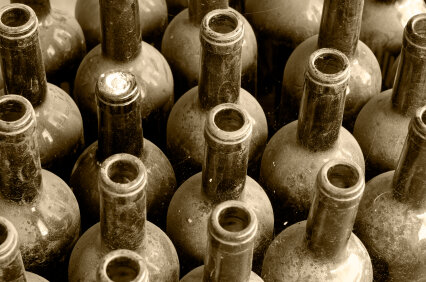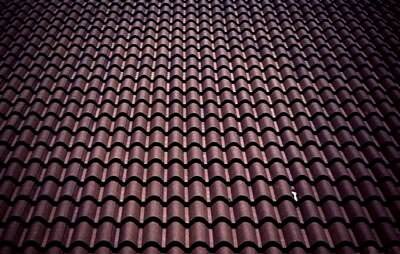Pattern in Photography
Blog entry
3rd May
Question time:
What is pattern photography?
Why use patterns in photography?
What are the different types of patterns in photography?
READ ON
Throughout this blog, I will run through the questions stated above and answer each one. I will also include key websites for further reading and some influences, ideas, and examples to help you practice using patterns in your photography.
Image by Andreas Gursky
Pattern Photography
Do you know what pattern photography means? Read this definition:
‘Pattern photography utilizes elements that are repeated. The repetition of lines, shapes, tones, or colours can create interesting images. There are photographers who use the pattern as the main subject of an image while others use it to enhance the overall composition and look of the photograph.’ -
So from this definition, you should begin to understand what pattern photography means, but do words help upon this understanding? As you look around you, you will see lines, shapes, tones & colours, do these always form patterns? The practice of photography or art is to capture what we see, to then be able to show others the exact view or an interpretation. For me, this leads to the fact that different patterns are seen by every individual. This is why when considering what forms a pattern you need to consider the types of patterns that you see. Here is a list of pattern types that are both created by the man-made or the natural world.
Regular Patterns
Irregular Patterns
Breaking the Pattern
Regular Pattern Example
Irregular Pattern Example
Breaking the Pattern Example
Considering the different types of pattern forms will help towards understanding how effective patterns are for the quality of a photograph. Another element used with a pattern is symmetry, by using both of these elements you will take eye-catching compositions. This also brings the aspect of texture, as this links to pattern photography, as texture photography is all about patterns, with its use of both colour and depth. Every single detail of texture plays a significant role in the overall perception of the photograph.
Take a quick look at these images that represent both pattern and texture.
By considering symmetry as a composition technique and texture, both of these elements are used with patterns to improve upon the quality of the photograph, so the question is to still consider!
Why use patterns in photography?
When you consider practising your photography, do you consider including patterns as a technique? This composition technique is used for macro photography and abstract. As the pattern in the photograph will form the viewer’s attention, with the use of recognizable patterns. When you studied patterns in school, either in maths or art, this consisted of shapes and lines. Patterns are formed by repeating those shapes or lines and this leads towards repetitive patterns. The answer to: ‘Why use pattern within photography?’ is repetition. As repetition is one of the most important concepts used in visual art and when you repeat a certain size, shape, or colour you add strength and additional meaning to the overall image.
Pattern photography has two main forms, one to show the detail of a surface or view, and this is often used in macro photography. The other type of pattern photography is an art or abstract photograph. Take look at these abstract photographs and how they have used man-made forms to create these photographs.
Pattern Photographers
Ola Kolehmainen
Ola Kolehmainen
Angie McMonigal
Angie McMonigal
PINTEREST PAGE
Some pattern photography suggestions from Pinterest
Summary
The aim of this blog was to introduce pattern photography, by explaining the purpose and point of this composition technique within photography. I have answered the three questions at the start of the blog and have explained what pattern photography is. I hope that you now understand that patterns are formed either man-made or naturally, these are formed by repetitive colours, shapes, and lines. This is what forms a pattern and by using either symmetry or texture, the pattern is used to capture and form some amazing, eye-catching photographs.
If you have been reading my other composition technique blogs, you will be aware that I always like to encourage ways to practice these composition techniques at home during our isolation with either your camera or mobile phone.
IDEAS
Ideas for how to practice taking pattern photographs with the use of repetition, as this is an easy way to start considering patterns within your own photography.
Repetition And Shapes
Repetition And Colors
Opposite Patterns
Organic Patterns
Abstract Patterns
Breaking Repetition
At Home with Pattern Photography
Practice this at home, alone, or with the family, by using the suggested ideas and keeping to the tips I have mentioned.
7 Tips For Using Patterns In Your Photos
Find Patterns. Patterns are found wherever strong graphic elements repeat themselves, for example, lines, geometric shapes, forms, and colours.
Shoot From Different Perspectives.
Fill The Frame.
Break The Pattern.
Use Patterns As A Background.
Combine Patterns.
Create Your Pattern
Here is a lovely idea of using patterns and portraiture, which could be completed with your mobile phone and family, which could be rather fun, in the garden while the sun is up.
Ready to Spot Patterns Everywhere?
Now that you’ve explored the world of pattern photography, it’s time to put your knowledge into action! Whether it’s natural textures, architectural lines, or colourful repetitions, patterns are all around you, just waiting to be captured.
Challenge Yourself:
Find patterns in your everyday surroundings at home, in nature, or on city streets.
Experiment with symmetry, texture, and even breaking the pattern to create striking images.
Don’t forget to try different perspectives and fill the frame for maximum impact!
Share Your Work: Show off your pattern photography by tagging me or sharing your images in the comments. I’d love to see your unique perspective!
Subscribe to my blog for monthly tips, tricks, and styling inspiration to elevate your food photography.
Take Your Skills Further: Ready to level up? Explore my one-to-one personalized tutorials and transform your food photography.
Book a Session: Need professional shots for your brand? Let’s collaborate on your next food photography project!
If you enjoyed this blog, then please read any of my other blogs on Viewpoint, Leading line, Colour & Framing.













